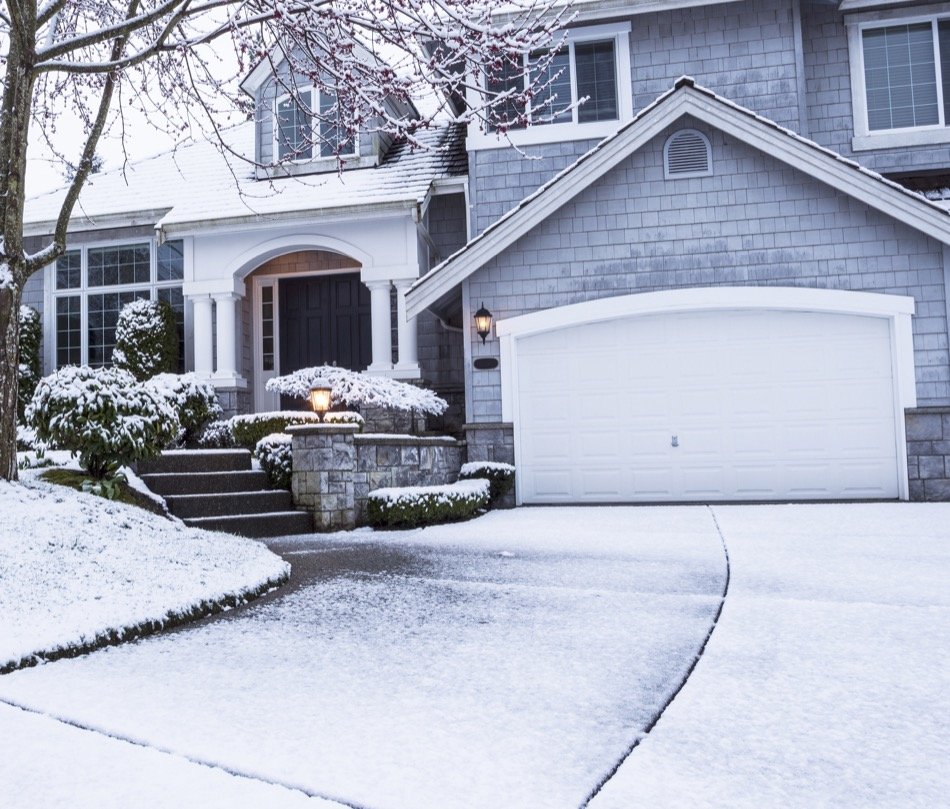4 Easy Ways You Can Winterize your Home
Posted by Justin Havre on Thursday, December 12th, 2019 at 9:45am.
 When the cold weather starts coming, Willow Brook homeowners are always told they should winterize their home to protect it. Winterizing gives a home extra help so it can stand up to extreme weather conditions. Winterizing sounds like it’s difficult and time consuming, but there are many ways homeowners can do it, and many of them are quick and easy. Here are some ways to winterize a home any homeowner can do.
When the cold weather starts coming, Willow Brook homeowners are always told they should winterize their home to protect it. Winterizing gives a home extra help so it can stand up to extreme weather conditions. Winterizing sounds like it’s difficult and time consuming, but there are many ways homeowners can do it, and many of them are quick and easy. Here are some ways to winterize a home any homeowner can do.
Insulate Water Pipes
While insulating pipes may sound like a lot of work, it’s actually very easy. While homeowners can wrap sheets of foam around the pipes to insulate them, there are simpler ways. First, the homeowner can open the cupboards enclosing the pipes. This is especially helpful for sinks positioned on the exterior wall of the home where they’re exposed to the most cold.
Second, homeowners can also let their sinks trickle water through the winter. If the water is allowed to trickle, it doesn’t allow the water in the pipes to stay still. This helps prevent the water from freezing, which in turn helps prevent the pipes from bursting.
Change the Furnace Filter
In order to keep working properly, appliances need to be maintained. When winterizing a home, special care needs to be given to the furnace. Homeowners can hire a professional to do a tune-up, but one of the easiest ways to help ensure a furnace keeps working properly is simply by changing the filter. Most furnace filters need to be changed every three to four months, depending on the model and the size of the filter. Once the weather starts getting cold and the homeowner starts using the furnace, they should change the filter so the furnace doesn’t strain itself. It can also be helpful for homeowners to change the filter more often during the winter than they would normally.
Run Ceiling Fans in Reverse
Ceiling fans are great for cooling rooms during the summer, but they can also be great for warming rooms during the winter. Most ceiling fans have a switch on their base to reverse the direction the blades turn. When the blades are moving backwards, they force collected warm air back down, warming it. Using this strategy can be a good way to warm a home without relying quite as much on the furnace. This gives the furnace a much-needed break, and it uses less energy as well.
Block Drafts
When a homeowner is trying to keep their home warm, nothing cools it down faster than a cold draft. Drafts get into homes most commonly through doors and windows. Before the weather gets too cold, the homeowner can go around the home’s exterior and fill in gaps with caulk to prevent drafts.
Another way to cut off drafts is by replacing weather stripping under doors. Weather stripping is often made from rubber, and it will naturally crack and warp over time, which allows drafts into the home. If neither of these options are possible, the homeowner can also use a door snake or draft stopper. The door snake will need to be readjusted every time the door it’s in front of is opened, but they’re handy in a pinch.
For homeowners who live in a cold climate, winterizing is a must. By taking these quick and easy actions, or by using other winterizing strategies, homeowners can help ensure the cold doesn’t damage their homes.
